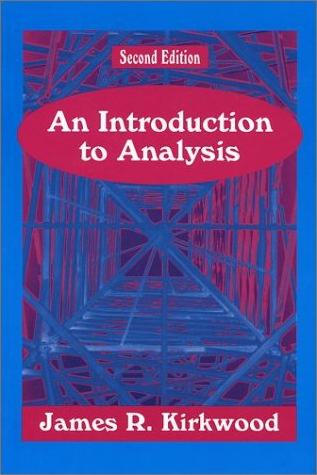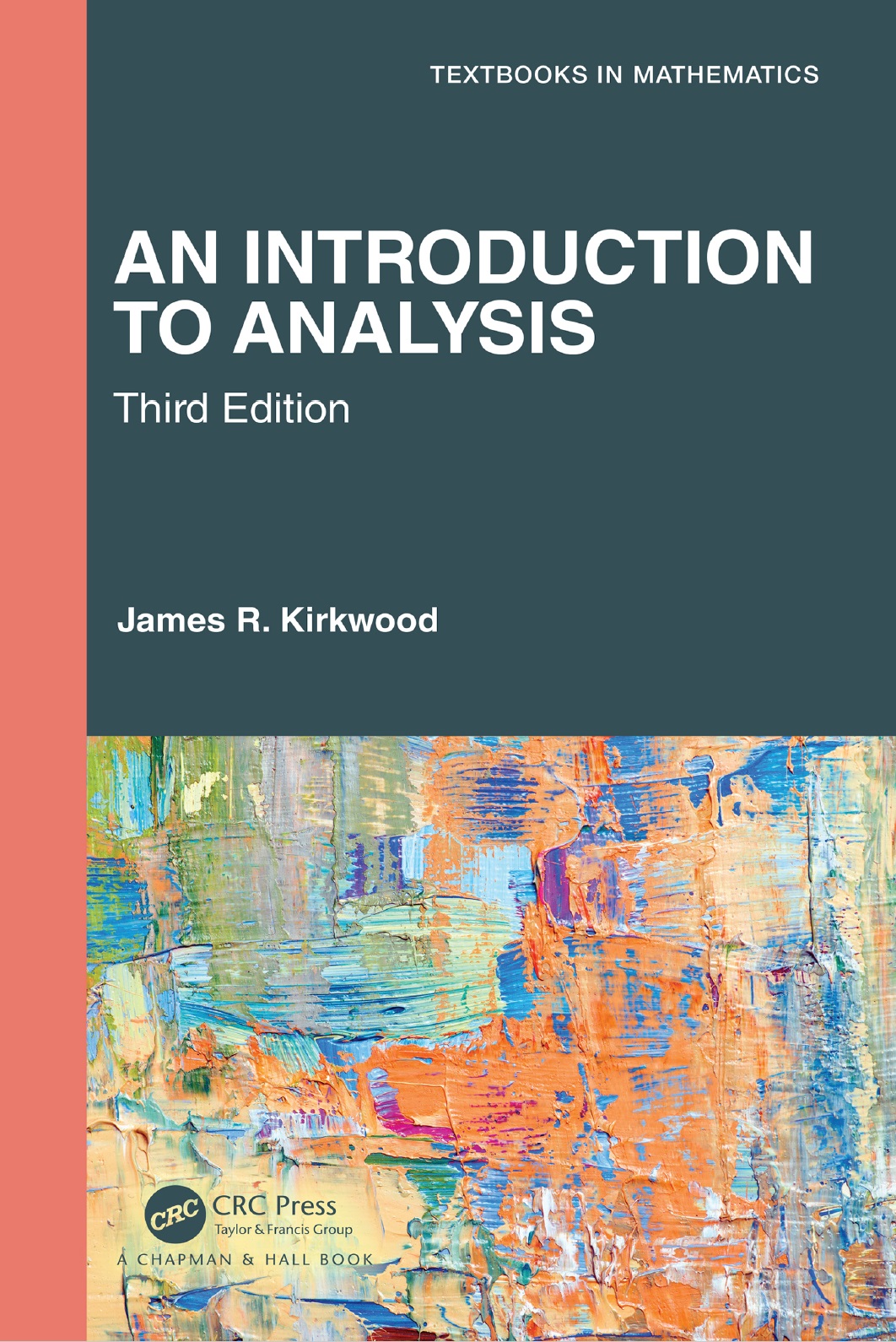



Copies of the classnotes are on the internet in PDF format as given below. The "Proofs of Theorems" files were prepared in Beamer and they contain proofs of results. The "Printout of Proofs" are printable PDF files of the Beamer slides without the pauses. These notes and supplements have not been classroom tested (and so may have some typographical errors).
The notes presented here are primarily based on James Kirkwood's An Introduction to Analysis, 2nd Edition. This is in print by both PWS Publishing Company (Boston, MA; 1995) and Waveland Press (Long Grove, IL; 2002). A third edition is out from the CRC Press (Boca Raton, FL; 2021). In the Preface to the 3rd edition, Kirkwood comments: "The most significant change in this edition is the addition of a section on the Cantor set and the Cantor function and a small amount of material on connectedness." The new section is "Section 8.4. The Cantor Set and Cantor Function" and is covered in this class. These notes are largely based on the second edition, but will also incorporate the little bit of new material from the third edition.
The catalog description for Analysis 2 (MATH 4227/5227) is: "Covers infinite sequences and series, power series, real-valued functions of several variables, vector-valued functions of several variables, implicit function theorem, integral of multivariate functions." This is a bit inaccurate and is a better description of an Advanced Calculus class (which ETSU does not have) or a Vector Analysis class (which ETSU used to have as MATH 4317/5317; I have a few notes online for this topic on my Vector Calculus class notes page). A more appropriate description for Analysis 2 is: "Covers Riemann integration, Riemann-Stieltjes integration, series of real numbers, sequences of functions, series of functions, power series, and Fourier series."
6. Integration.
7. Series of Real Numbers.
8. Sequences and Series of Functions.
9. Fourier Series.
Return to Bob Gardner's home page